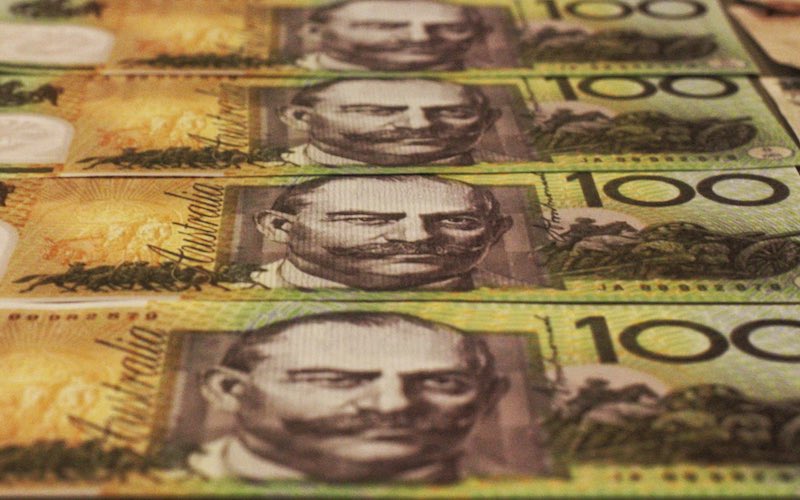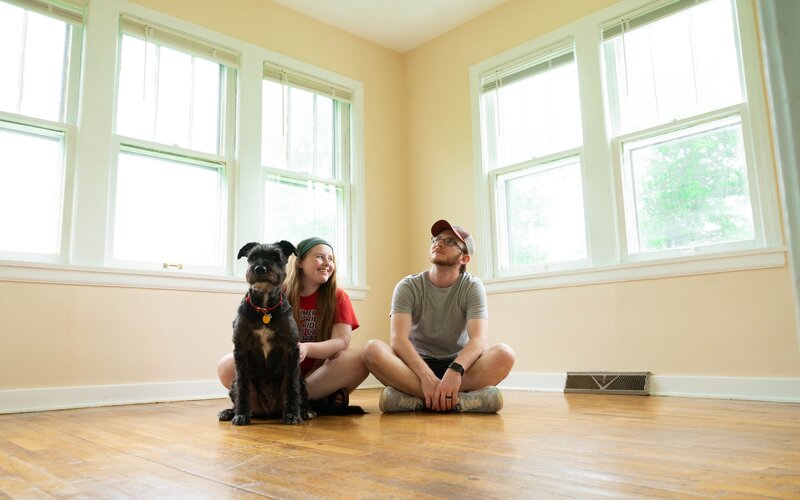Major bank economists from ANZ, CommBank, and Westpac had all anticipated a rise in the annual pace of inflation based on monthly reports, to report a print between 7.0% and 7.4%.
Leading the charge for the increase across November was housing (+9.6%), food and non-alcoholic beverages (+9.4%), transport (+9.0%), furniture (+8.4%), and recreation and culture (+5.8%).
ABS Head of Prices Statistics Michelle Marquardt said this month’s increase indicates ongoing inflationary pressures are lingering in the economy.
“The housing group was the main contributor to the annual increase in the November monthly CPI indicator,” Ms Marquardt said.
“High labour and material costs contributed to the annual rise in new dwelling prices (+17.9%) although, the rate of price growth for new dwellings has eased compared to the 20.4% annual rise seen in October."
The restoration of the Government’s fuel excise in late September drove automotive fuel prices up by 16.6% in the twelve months to November.
This was up from 11.8% in October.
Average fuel prices for unleaded petrol peaked at $2.01/litre in early November before falling to just under $1.80 by the end of the month.
As with the monthly inflation data from October, the latest data is yet to capture the significant increase in household utility bills (e.g. electricity), which will be clearer when CPI for the December quarter is released on 25 January.
The monthly inflation rate of 7.3% annually, up from 6.9% in October, falls below Federal Budget forecasts of 7.75% and the RBA's forecast of 8.0% by the end of the year.
First RBA rate hike of 2023 looming
The rate of inflation is the main factor the RBA has been taking into consideration when deciding how fast and far to lift interest rates since May 2022.
In order for inflation to return to the RBA’s 2-3% target range, economists at the big-four banks expect another 25 basis point increase to the cash rate in February.
CBA Head of Australian Economics Gareth Aird anticipates the RBA will lift rates just once more in 2023.
“We think we are near the end of the RBA’s tightening cycle and expect one further rate hike in the first quarter of 2023 that will take the cash rate to 3.35%,” Mr Aird said.
“From there we have the RBA on hold as much slower growth in demand is expected to see inflation come down in 2023.”
CommBank has long acclaimed a three-month lag time between rate rises and consumer impact as to why the RBA should slow down.
Economists at Westpac and ANZ suspect the RBA will have to raise the cash rate by another 75 basis points to address inflation pressures. This would lead to an end terminal rate of 3.85% by May 2023.
“We expect another 25 basis point increase in February,” said Bill Evans, Westpac Chief Economist.
“When the Board comes to consider its options at the next meeting in February it will have the December quarter inflation report but will also be observing data for the holiday period that may be holding up better than expected.
“Based on the analysis in the Minutes, that will set the scene for hikes in both February and March.”
See Also: What to expect financially in 2023
Image by ActionVance via Unsplash



 Harry O'Sullivan
Harry O'Sullivan
 Harrison Astbury
Harrison Astbury



